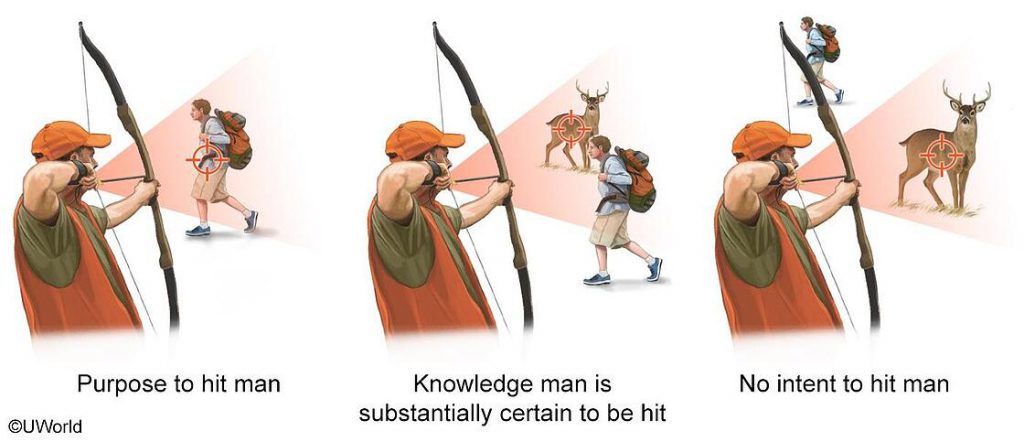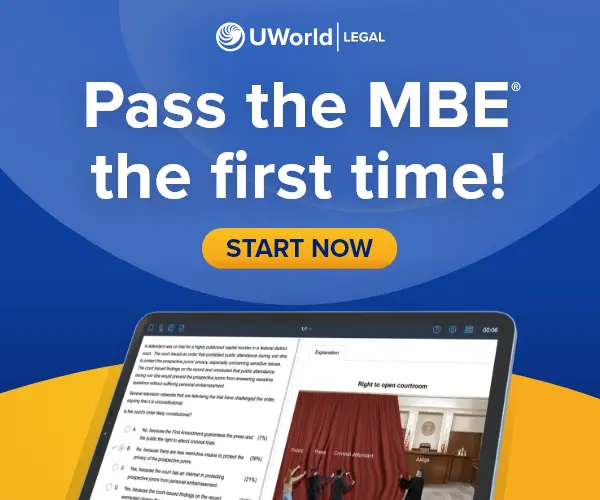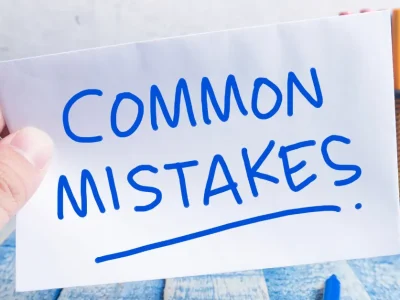We all know how to use the word “intent” in ordinary conversation: “I didn’t intend to sleep in; I just didn’t set my alarm.” But the ‘lawyer response’ would be: “Of course you did! By not setting your alarm, you knew you wouldn’t wake up early.”
This simple scenario highlights the two ways of establishing proof of intent for any intentional tort—whether against persons (such as battery) or property (such as trespass to land). So when analyzing whether a person acted intentionally on the bar exam, remember that there are two kinds of intent:
- Purpose – when a person acts with the purpose of causing a particular result
- Knowledge – when a person acts with the substantial certainty that the act will cause a particular result
Either of these mindsets is sufficient to meet the intent element for intentional torts. To help you remember this concept, take a look at the following image:

Use this tip when answering practice questions in the UWorld MBE® QBank. Click here to access our QBank or purchase a subscription.




